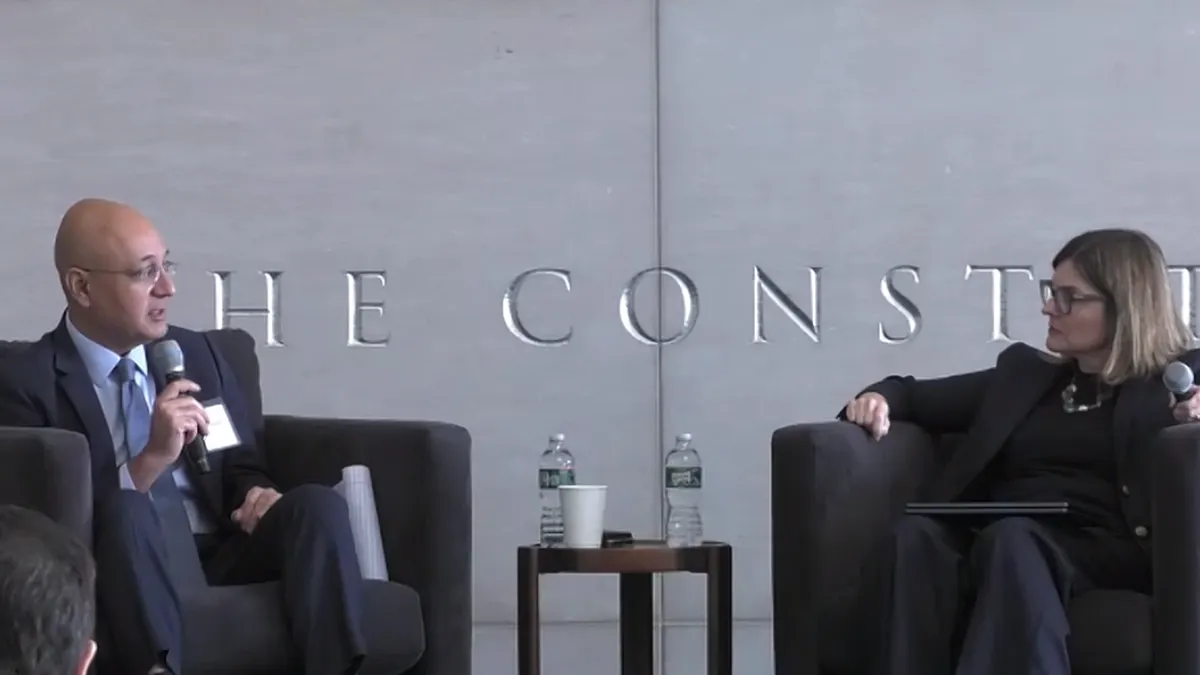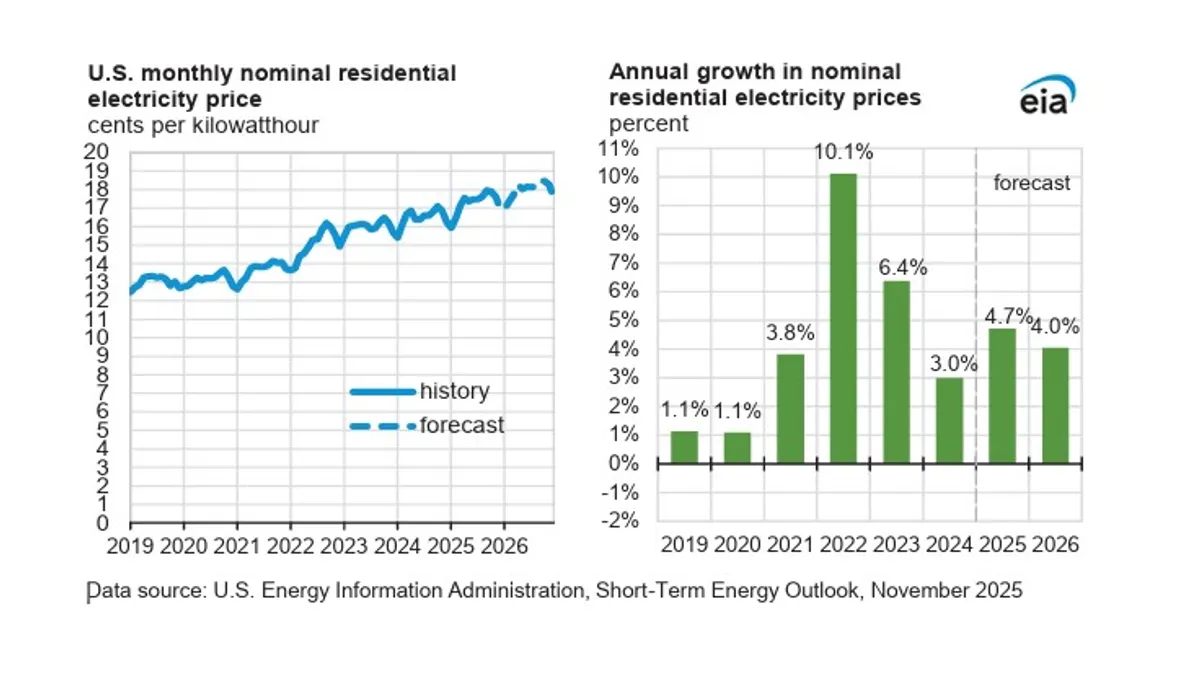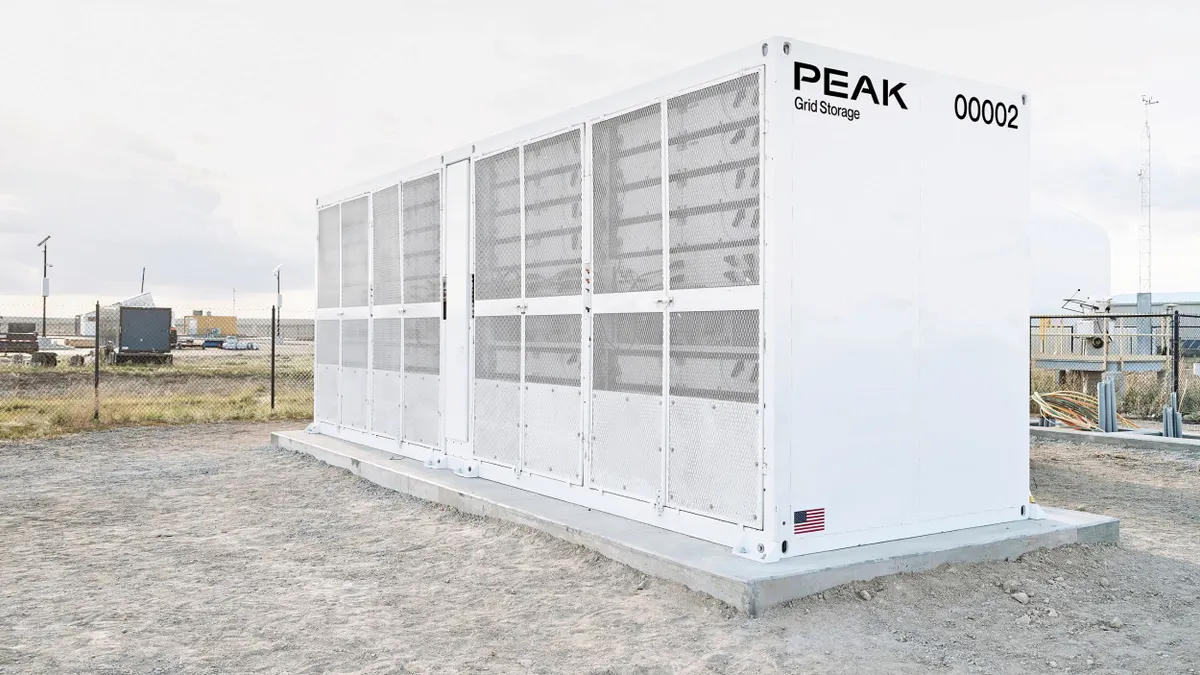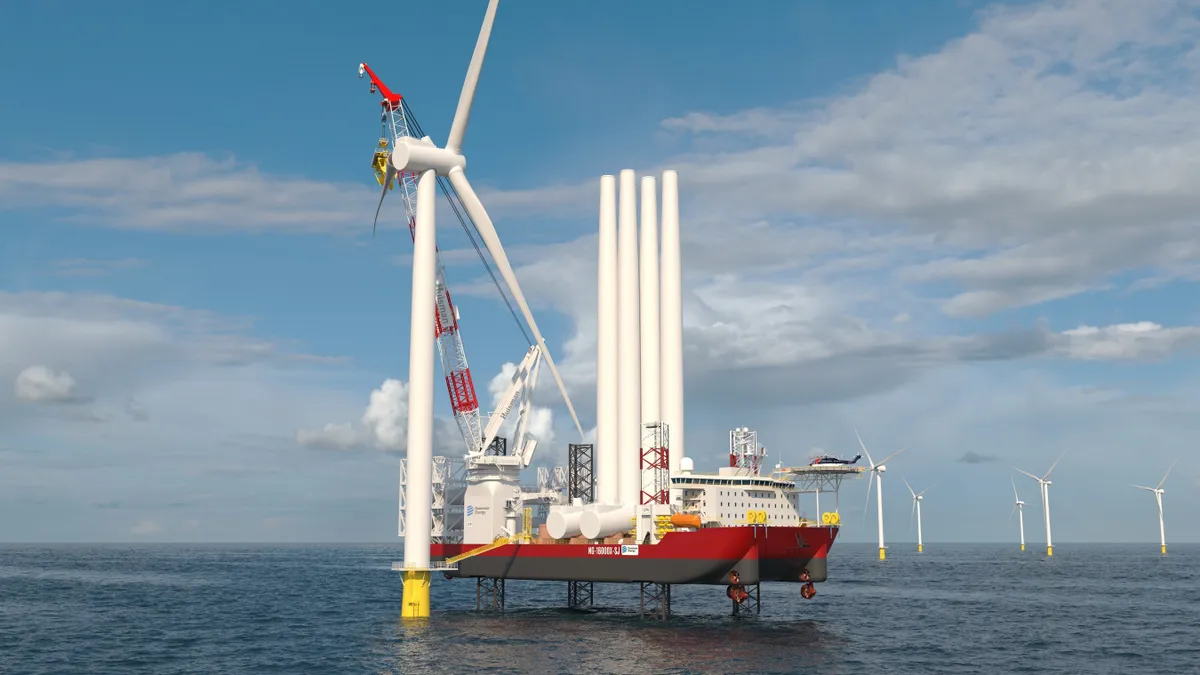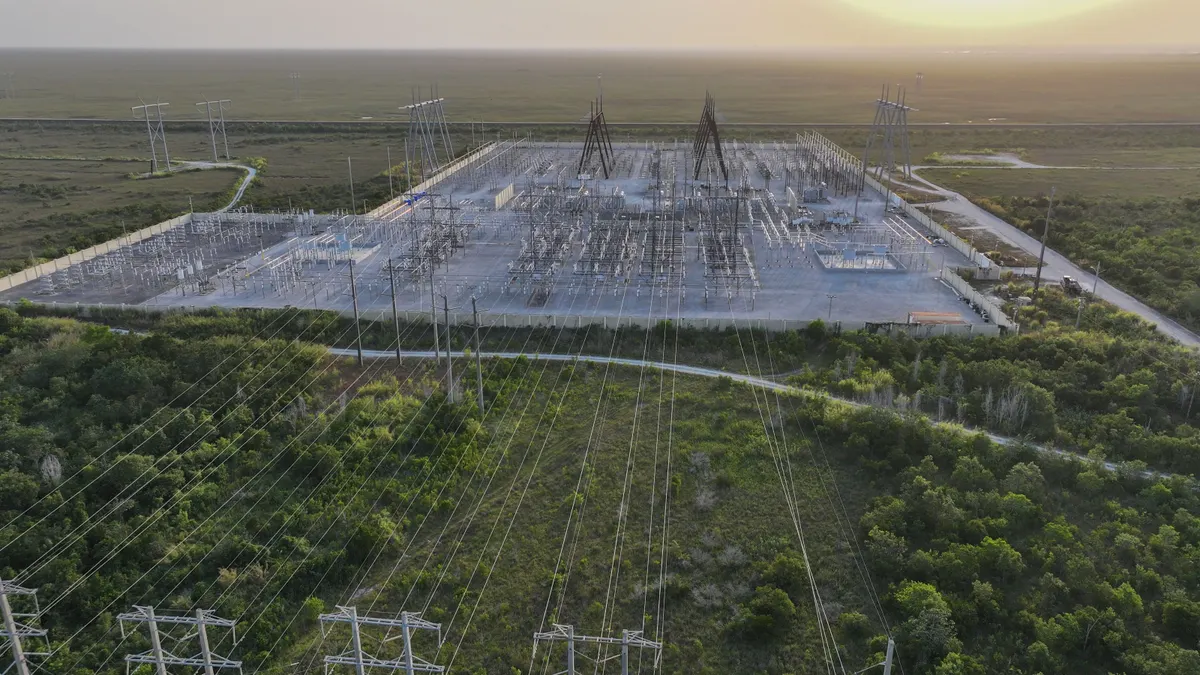In the face of mounting criticism from governors, Manu Asthana, the president and CEO of the PJM Interconnection, said states need infrastructure siting and permit reform to make sure the PJM Interconnection has enough power to meet their needs.
PJM has adopted interconnection and capacity market reforms to help address resource adequacy concerns, but key issues remain, Asthana said Monday during the Summit on the State of PJM Interconnection in Philadelphia. Those issues include developing rules for adding data center loads to the grid, providing avenues for demand flexibility, improving load forecasting and further interconnection reform, Asthana said.
State leaders used the summit to demand a greater role in PJM’s governance, accusing the grid operator of failing to ensure that power supplies are being added to its system quickly enough. PJM is seeing a sudden change in its outlook for load growth, with new load expected mainly from data center development.
Although the bulk of new demand has yet to materialize, the system is already struggling with tightening supply-demand conditions, which caused a surge in capacity prices a year ago. That led to double-digit electricity bill increases in some states in PJM’s footprint, which spans 13 Mid-Atlantic and Midwestern states and the District of Columbia.
PJM set a new record for capacity auction prices again this year, prompting outcry from members, consumers and politicians.
Asthana, however, said states need to work on issues under their control, such as infrastructure siting and permitting reform, that can affect resource adequacy.
“We can do whatever we want in the [wholesale power] markets, but if our [power] plants run into a hostile siting and permitting regime, they will not get built,” Asthana said.
States also control cost allocation at the retail level and engage in risk management through default services auctions that protect ratepayers from potentially volatile spot energy prices, Asthana said. States should consider proactive procurement for capacity in the default service auction to protect retail customers from swings in the capacity market, he said.
While some PJM states rely on the capacity market to ensure adequate power supplies, states like Virginia engage in integrated resource planning to ensure reliability, Asthana noted.
Asthana said it’s “odd” to hear about complaints about PJM’s load forecasting and a lack of power supplies — issues Virginia Gov. Glenn Youngkin, R, raised at the summit.
Asthana said the rush to point fingers over high prices and reliability issues is not helpful.
“We do need to — individually and then together — think about, how do we solve this?” He said. “We're very much here for that.”
Proud moments: maintaining reliability, interconnection reform
Asthana plans to step down as PJM’s CEO at the end of this year, after five years in the role.
He said he’s proud of how PJM has maintained grid reliability through unusual events such as the Covid-19 pandemic, record-setting winter peak loads and geomagnetic disturbances.
Also, Asthana said he is pleased with PJM’s progress on interconnection reform. When PJM started its stakeholder process in 2020 to develop new interconnection rules, the grid operator had 200 GW in its interconnection queue, he said. Now it has about 46 GW, he said.
On Friday, PJM completed the first cycle in its two-part interconnection transition cycle by issuing draft interconnection agreements to project developers totaling about 17 GW, Asthana said.
So far, about 2.1 GW has come online this year in PJM, including about 2 GW of solar, 55 MW of wind and 29 MW of coal, according to PJM. The grid operator expects its fully-reformed interconnection process to begin in April, with a one- to two-year review time.
PJM aims to speed up the time it takes to study interconnection requests through a data analytics partnership with Google and through additional staff who have already been hired, Asthana said.
A new world order
Looking ahead, the success of developing power supplies in PJM and across the United States will determine whether the U.S. continues to dominate artificial intelligence, according to Asthana.
“Whoever controls this technology, as you can imagine, is going to control the new world order,” Asthana said, adding that one of the largest constraints on the technology is electricity.
Last year, China developed 428 GW, including 356 GW of wind and solar and 50 GW of thermal resources, Asthana said, citing ChatGPT. The U.S. added 49 GW to its system, according to the U.S. Energy Information Administration.
“If we're going to win this race, I think we need to think differently,” Asthana said. “We will have to continue thinking incrementally, but ... we will have to think also about the paradigms that bind our thinking, and try to break out of those paradigms to win this race.”



